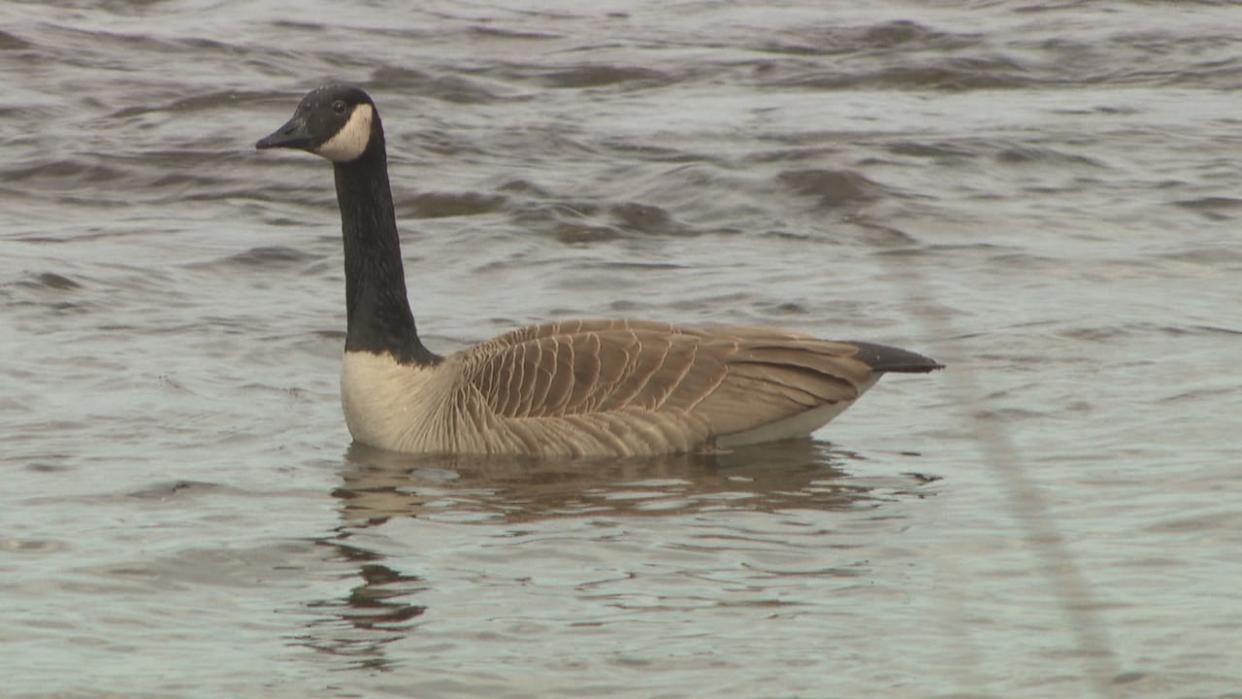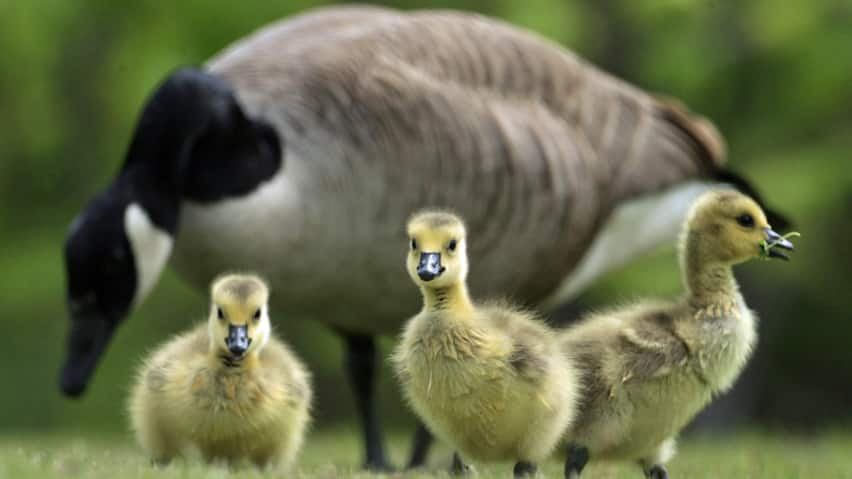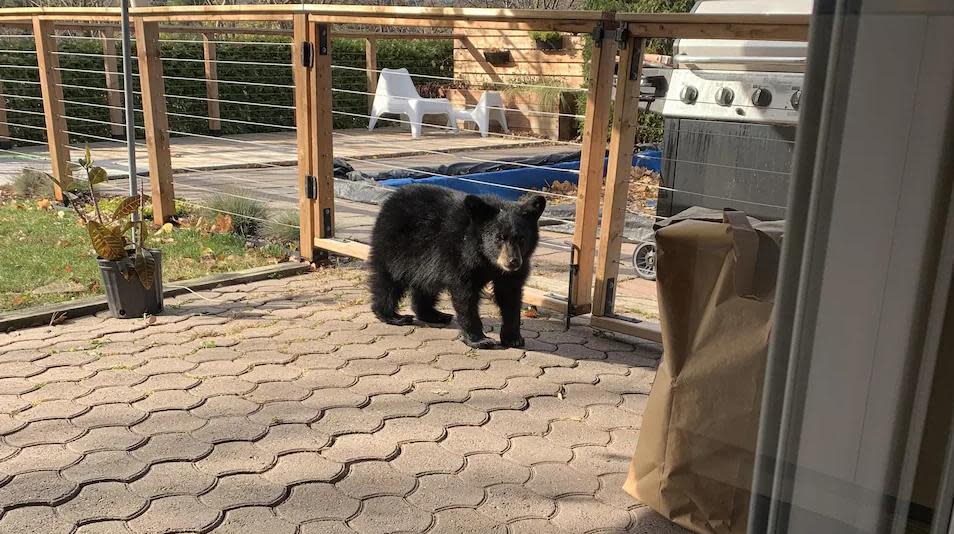Is it an spring yet? Some animals think so

The sights and sounds of spring are arriving early this year thanks to unseasonably warm temperatures, and nature experts say even some animals are fooled.
December, January and February were all balmier than normal in Ottawa and its environs, smashing heat records. March is off to a warm start, too.
That's meant the early return of a common site in Ottawa, the Canada goose.
"I would say [they're] only a couple weeks early," said Chris Sharp, a population management biologist with the Canadian Wildlife Service.
Sharp said geese and most other migratory birds take their cue from changes in temperature and daylight at their wintering spots, and that could prompt them to leave those spots earlier than usual.
Most of the geese we're seeing right now in Ottawa are the Atlantic variety, which breed in the subarctic areas of northern Quebec, he said. They're trying to get to those areas as soon as they can to mate while the grasses they eat are most abundant.

Scientists say if the spring-like weather holds, goslings could arrive early this year. (CBC)
But Sharp said the geese that do nest here have also started to arrive, and if temperatures stay warm they may mate earlier.
"They're going to want to get started as soon as the habitat's available for them to get going," he said. "For your local area, you might see goslings earlier this year than you typically would."
If there's another cold snap, the instinct to mate will diminish, he said. Likewise, if northern regions stay cold, the Atlantic population may stick around Ottawa longer.
"It's like a traffic jam at the snow line, and instead of them all moving through in an orderly fashion, they'll get all stuck here," Sharp said
Other species waking up early
Sharp said he's also noticed mallards displaying spring-like behaviour, and if you listen on some warm March morning you'll hear other birds singing as if it's high spring.
But it's not just our feathered friends that have been lured back early. Larger animals are feeling it, too.
Earlier this month the province issued a warning to residents that bears are emerging from hibernation earlier than usual.
Michael Runtz, a naturalist and lecturer at Carleton University, said bears will typically start waking up when the temperature hits zero — but that often doesn't work out well for the animals.

Wildlife officials are warning residents to keep garbage, bird feeders and barbeques clean and secure as bears, like this one spotted in a backyard in 2022, are emerging from hibernation early this year. (Supplied by Natasha Miranda)
"Most food's not available until much later, and so they depend heavily on what they have left over from the winter," Runtz said. "If they haven't fattened up well in the fall then mortality is fairly high due to starvation."
That means our fuzzy friends will reach for whatever they can find, including bird feeders and garbage, which Runtz said would be smart to secure if you live in an area where black bears are near.
Runtz said with the warmer temperatures and lack of ice we could also see heightened activity from animals that normally keep out of sight in winter, such as chipmunks, beavers and otters.

